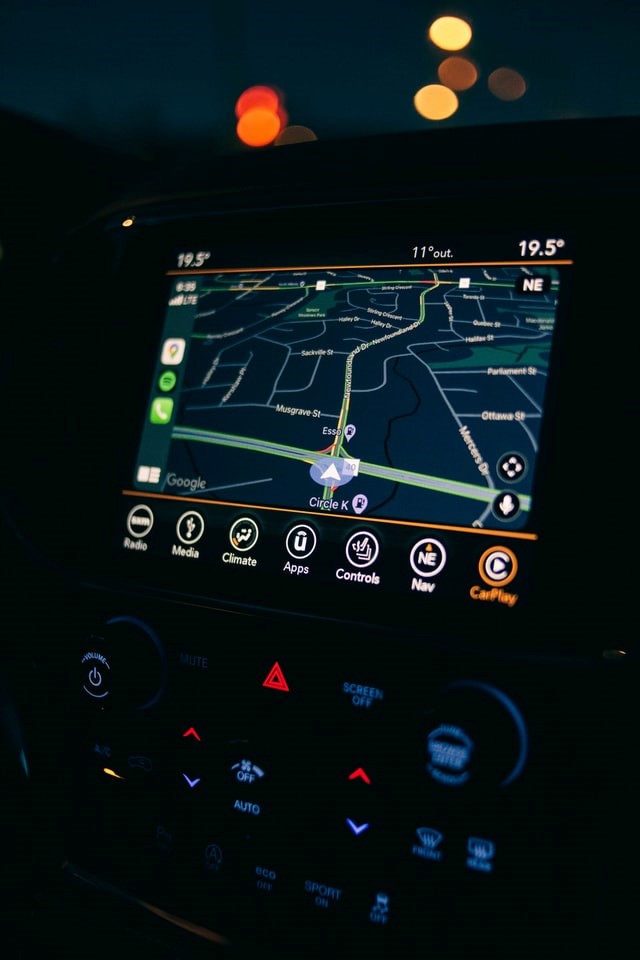
Effective logistics planning can have a huge impact on a company’s customers, its logistics and supply chain, and overall development. Fleet managers have to face challenges every day as customer demands and shorter lead times have made logistics planning more complex than ever before. Improving delivery performance while maintaining cost-efficiency is getting tougher due to rising competition in the market.
Is your business still attached to manual route planning? If so, then it is unlikely that you would see an improvement in the speed or accuracy of deliveries. Manual route planning often means entering details in an Excel sheet and having your planners plot the delivery schedule for the coming days. However, that could lead to several operational inefficiencies. Manual planning involves huge time dedication and is prone to human error.
Disadvantages of manual planning
Besides being time-consuming and error-prone, there are many other disadvantages to manual planning, including:
Incorrect fleet mix
Besides using the right number of vehicles, it is also important to use the right class or type of vehicle to fulfill delivery requirements. If you still depend on manual planning, the chances of creating an incorrect fleet mix are high. In the absence of technology, you may be unable to comprehend the capacity and various sizes of vehicles that need to be deployed for efficient logistics.
Reduced fleet performance
Effective route planning must take into account a lot of factors and is not just about assigning drivers to deliveries. Sadly, it is not possible to juggle all variables manually needed for optimal route planning. Failing to account for various road variables means missed deliveries, delays, and disgruntled customers.
Reduced profits
Acquiring new customers is necessary for growing your business. However, manual planning combined with an increased number of customers is a recipe for disaster. You could add more drivers and vehicles to your enterprise, but it also means higher operating costs, which are bound to eat into your profits. Sometimes, you do not need more vehicles but a more efficient route planning process, which is not possible if you only follow the manual route.
Competitive challenges
Thanks to leading online marketplaces like Amazon and Flipkart, the customer now expects quick deliveries and real-time visibility of their products. For your company to thrive, you must offer the same competitive advantages as other market leaders in your industry. You will find it quite hard to retain loyal customers if you do not offer quick and accurate deliveries. Unfortunately, with manual route planning, it is difficult to meet delivery timelines, especially if you are catering to a lot of customers. This can be a huge disadvantage when you are planning to go head-to-head with your competitors in the market.
Why should you switch to automated route planning?
When it comes to determining the most optimal routes, you need to consider many factors, such as driver availability, product quantities, customer location, dock restrictions, delivery times, and more. If you are doing things manually, factoring in so many variables can be very challenging. However, it is not the same for route planning software. Automated planning means that you only feed data into the software, and it gives faster outcomes.
You could have several years of experience in route planning and tracking routes. However, the human mind has limitations. A sophisticated route planning software, on the other hand, can handle hundreds and thousands of drivers, delivery points, and several other variables all at once.
When drivers have efficient routes, it cuts down on delivery times and fuel costs, which can significantly improve your bottom line. Using algorithms for route planning can also help create shorter routes, meaning you have to spend less on the maintenance costs of your fleet.
Automated route planning can also be immensely helpful in increasing customer loyalty and acquiring new customers. A route planning software allows for accurate delivery windows and faster delivery times. It also makes it easier and convenient for dispatchers to make last-minute changes depending on real-time weather and road conditions. By doing so, you can avoid missed deliveries, ensuring that you deliver within the promised timeframe.
With customer demand for speed, service, and escalating competition in the market, manual route planning is no longer a suitable option for corporations. Hundreds of variables go into effective route planning, and even the most seasoned dispatchers cannot account for all of them. Failure to deliver quickly and accurately can seriously hamper customer satisfaction and business growth. Automated planning is, therefore, the way forward.
Mojro can help automate and digitize your logistics to improve efficiency and save costs. If you need help with automating your route planning, talk to Mojro today.
Popular search: logistics route planning software, ai route planning, route planning in logistics, route planner india, route optimization in e-commerce, benefits of route optimization, best route optimization app, route optimization, route optimization software, delivery route planning, route planning program, route planning tool, delivery routes